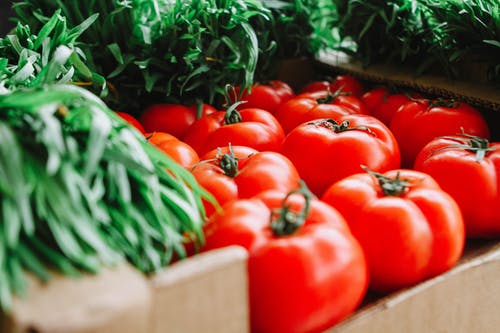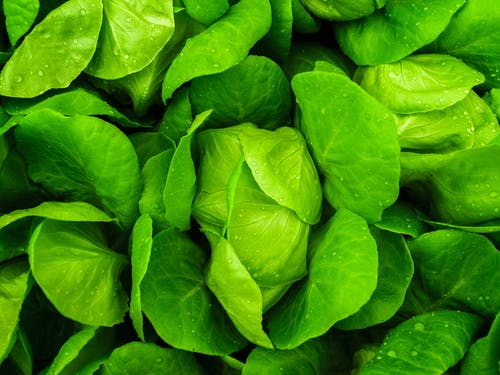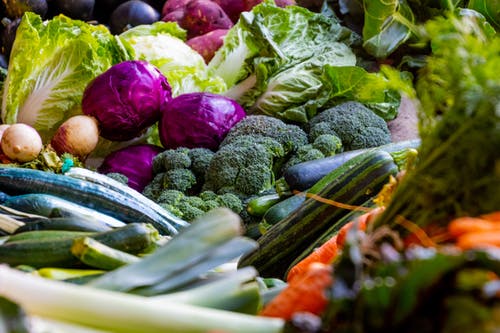by: Kelly Joyner
Most of us are aware that we should eat healthily but in the busy modern world that can be quite challenging and difficult to achieve. When we eat “on the move” we tend to opt for foods that are quick and easy. These types of food are often processed and packed with sugars, salt and fats which are known to be leading causes of heart disease, type 2 diabetes and some forms of cancer.
If you are unsure what constitutes a portion of fruit or vegetables or what foods you should and shouldn’t be eating, it is always advisable to speak to a qualified dietician who is fully aware of dietetics. They will be able to offer advice connected to holistic health as well as helpful information on weight-loss strategies and effective diet planning.
Fruit and Vegetables
Although the amount of fruit and vegetables that we should be eating each day varies from person to person, most people are familiar with “5-a-day”. However, many leading dieticians are now recommending that we consume between seven and ten portions a day. Knowing exactly how much a portion is can be quite confusing, so we would always suggest that half of your plate should consist of fruit or vegetables.
What Fruit and Vegetables Should I Be Consuming?
It is crucial that you consume a wide variety of fresh fruit and vegetables rather than just sticking to your particular favourites. Adding colour to any plate not only looks great, but it is probably a good indication that you are getting the necessary vitamins, minerals, antioxidants and fibre that your body requires. For most people, vegetables, in particular, are one of the least favourite food groups so variety will also help you to stick to your healthier diet as it stops you from becoming bored.
Fruit and Vegetable Colourings

Green vegetables and particularly the cruciferous vegetables such as cauliflower and broccoli along with green fruits such as avocado and cucumber are also extremely healthy. These green fruits and vegetables get their colour from chlorophyll and are a great source of lutein and zeaxanthin, which as has been proven to support eye health. Also, indoles are believed to protect against some forms of cancer.
Brightly coloured orange and yellow fruits are high in carotenoids which the body will convert into vitamin A which is known to protect against some forms of cancer, age-rated diseases, heart disease and some eye disorders. Carotenoids are found in fruit and vegetables such as carrots, oranges, cantaloupe and sweet potatoes. Many of the items that are in this category are citrus fruits which are also high in vitamin C, folate and vitamin B, which is needed for cognitive health and reducing the instances of congenital disabilities.
Red fruit and vegetables get their colour from lycopene which various studies have suggested reduce the risk of cancer. Anthocyanins, a powerful antioxidant known to protect the body’s cells from free radicals as well as helping to maintain a healthy heart are also prevalent. The common fruit and vegetables in this category include apples, beets and tomatoes which are found in more people’s diets.
Blue and purple fruit and vegetables gain their colouring from anthocyanins and are generally dark in colour. There are believed to be effective in reducing the risk of cancer, heart disease, including stroke as well as age-related diseases. Fruit and vegetables in the category would be eggplant, blueberries and figs, which are known to have other health benefits.
White fruits and vegetables such as bananas, garlic and onion are high in anthoxanthins while garlic and onion are high in allicin which is widely acknowledged as helping to lower cholesterol and blood pressure.

Further research is being conducted into its effects on stomach cancer and heart disease although though opinion seems to be favouring its benefits.
Dried and Frozen Fruits and Vegetables
Many people do not fully appreciate the benefits of frozen, canned or dried products. Most of these items, if you purchase a reputable brand, will have been frozen fresh and are a far cheaper alternative. There is no need to worry too much about their molecular structure; they will colour and variety as well as providing the necessary vitamins and nutrients.
Fresh Fruit and Vegetables in Relation to Holistic Medicine
If you eat a wide selection of fresh fruit and vegetables, it is likely to be a great form of preventative medicine. If will also lead to weight loss and help you to live a healthier and more fulfilled life.











More Stories
The Top 55 Foods for a Lean-Body
Health Consciousness for Low Calorie Snacks
The Benefits Are In The Beans